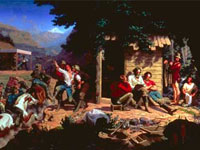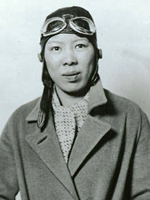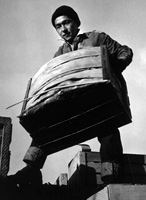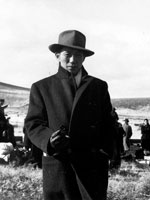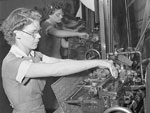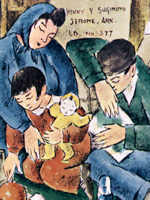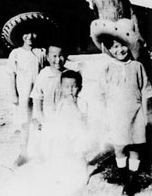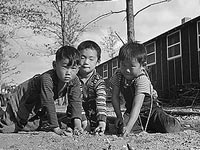Japanese American National Museum Collections
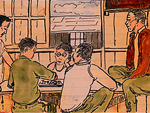
This site provides access to the digitized resources of the Japanese American National Museum in Los Angeles.
Collections include more than 300 letters sent to Clara Breed, a San Diego librarian, by her former patrons after their relocation to internment camps; panoramic photos from Buddhist Churches of America events; artwork by Hideo Date, Hisako Hibi, Estelle Ishigo, Henry Sugomoto, and Benji Okubo; the diary of Stanley Hayami, a high school student during the internment years, later killed in combat at age 19; sketches and watercolors from the diary of George Hoshida; photographs of Manzanar and Tule Lake by Jack Iwata, as well as other photographs of daily life in the internment camps; a major collection of issei immigrant artifacts and plantation clothing; and photographs for the Rafu Shimpo, one of the oldest Japanese American newspapers in the U.S.
This is an excellent source for anyone seeking primary sources related to Japanese American experience in the U.S., particularly with an emphasis on the years of internment.
